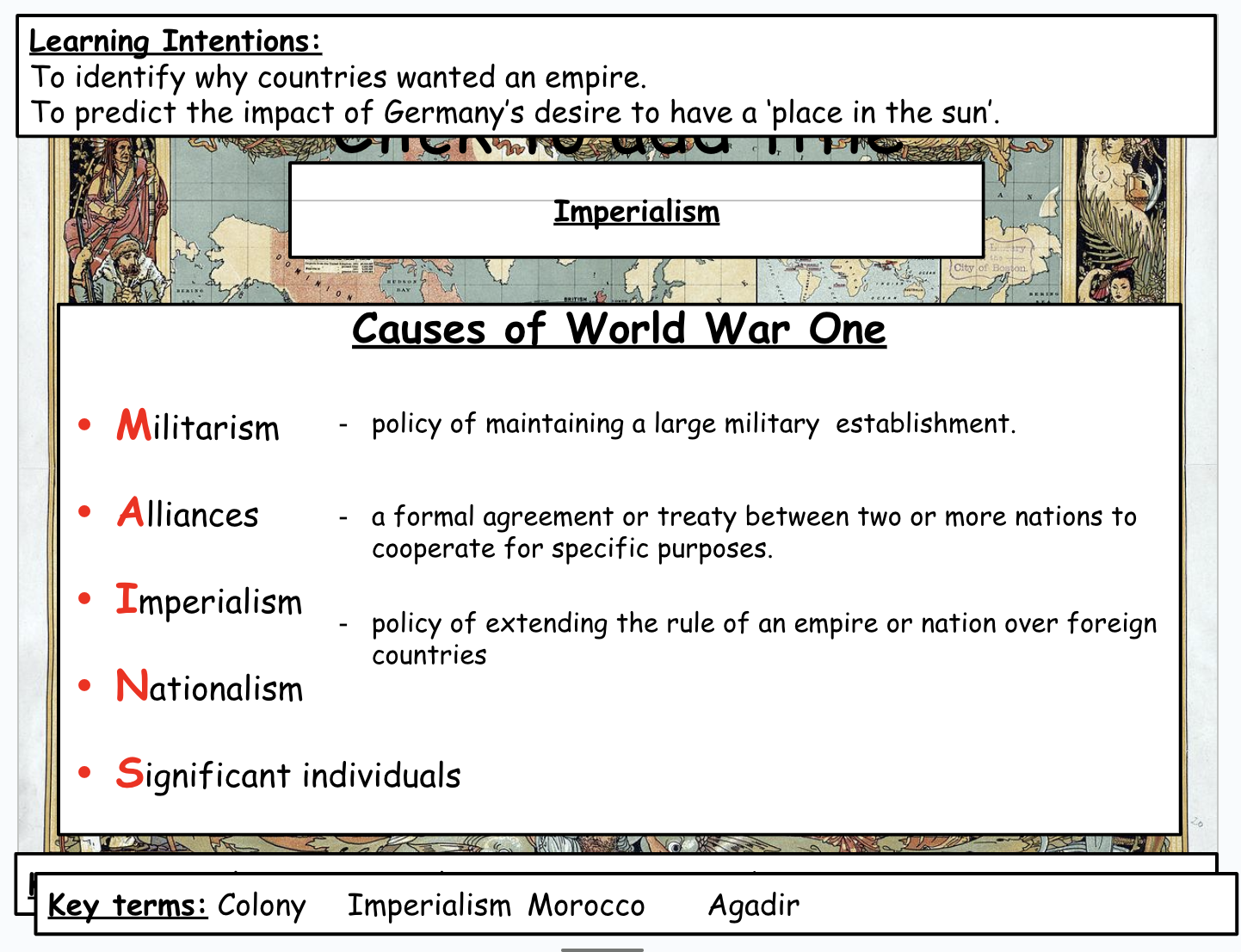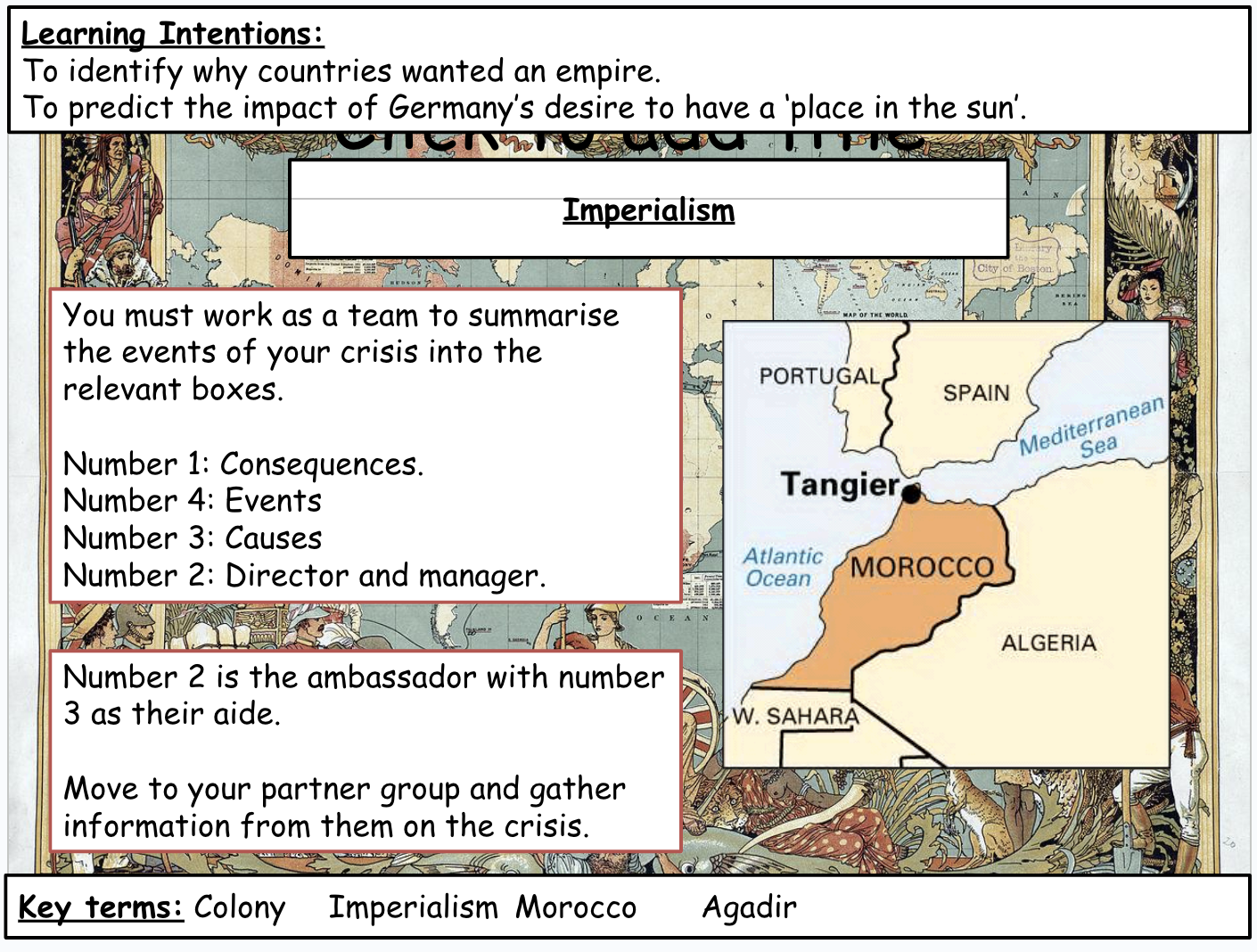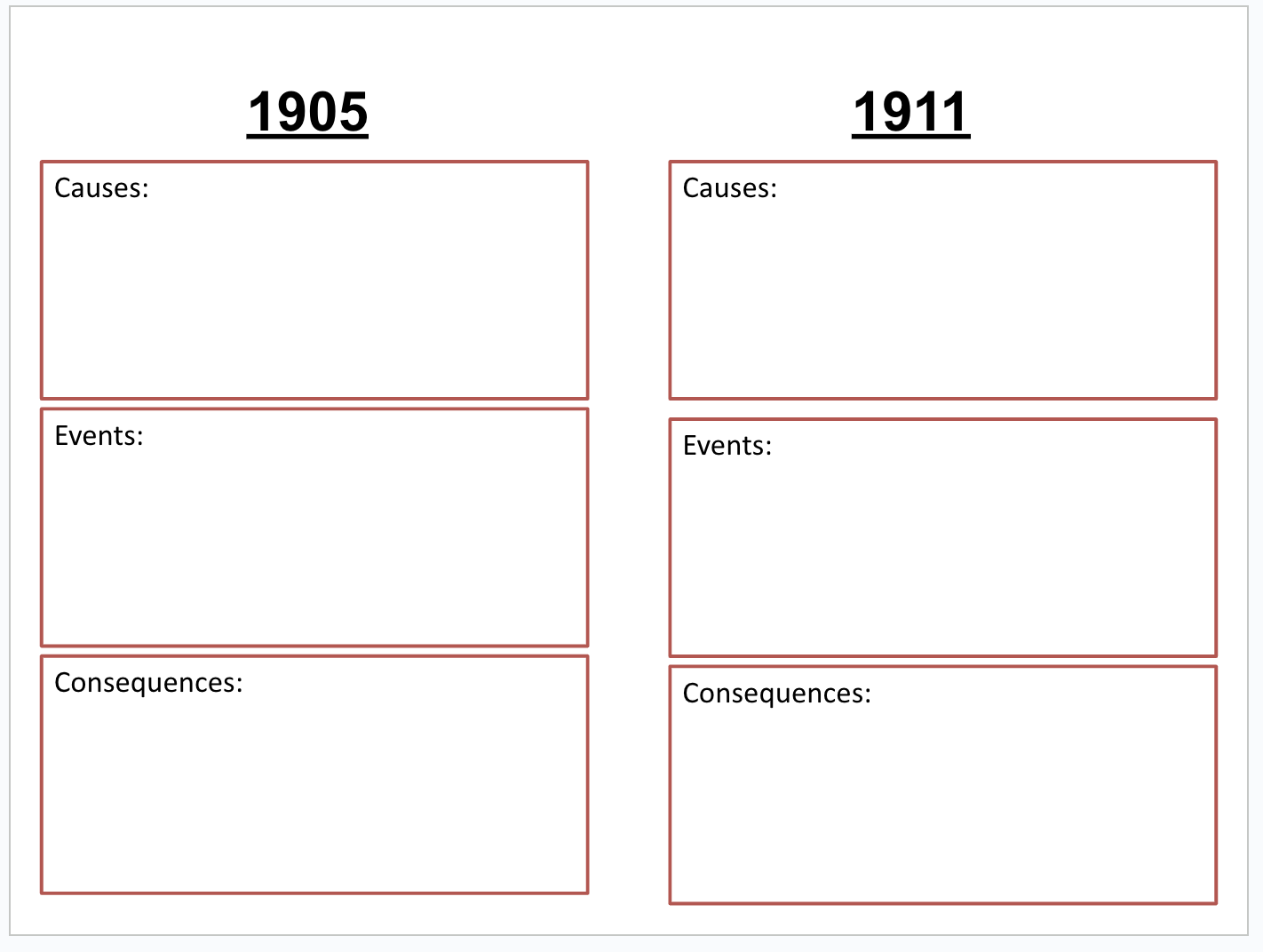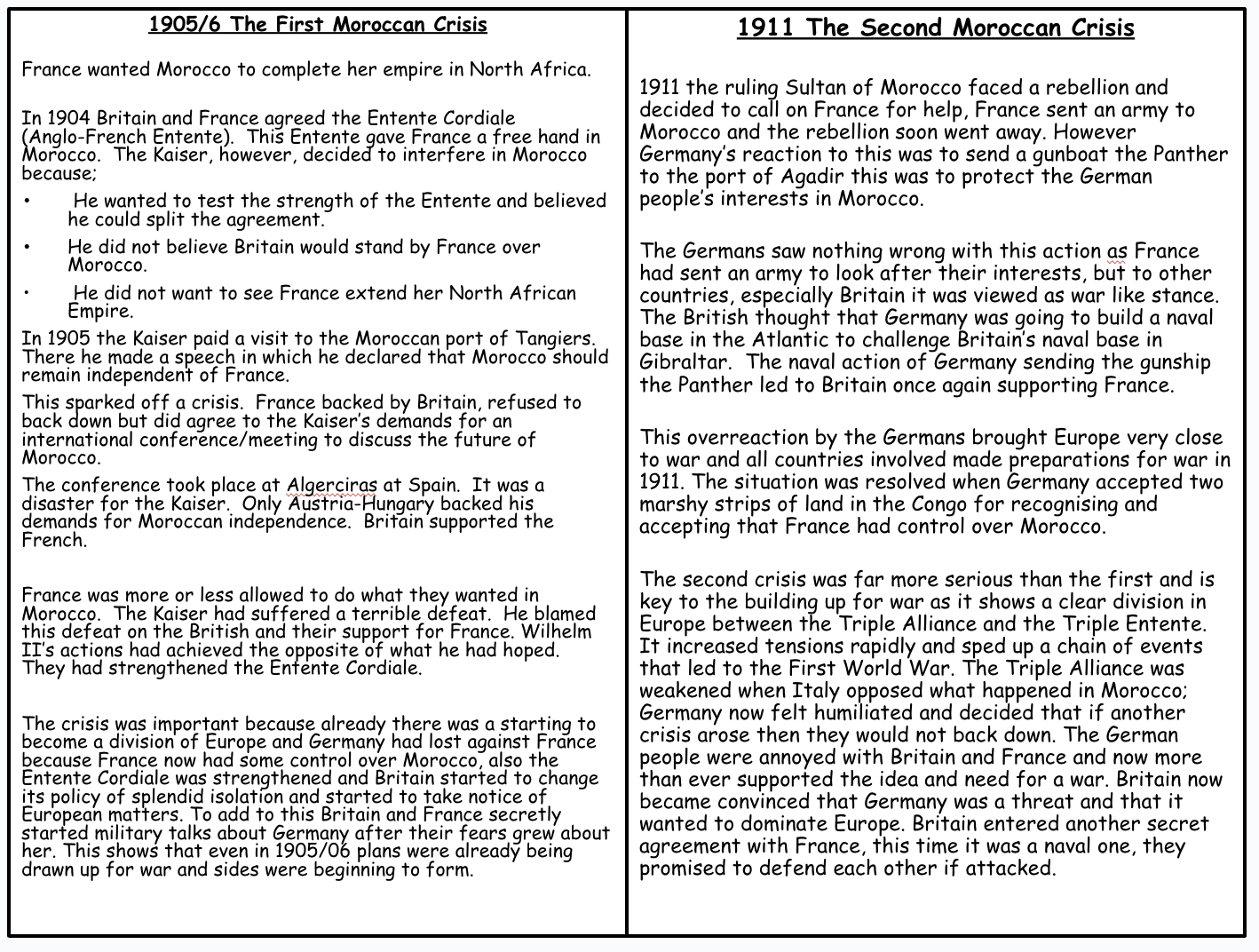15 May - 21 May
Section outline
-
EXPLORE / TŪHURA learning intentions:
- We are EXPLORING how places reflect past interactions of people with the environment
- We are EXPLORING causes and effects of events that have shaped the lives of a group of people;
- We are EXPLORING how and why people experience events in different ways.
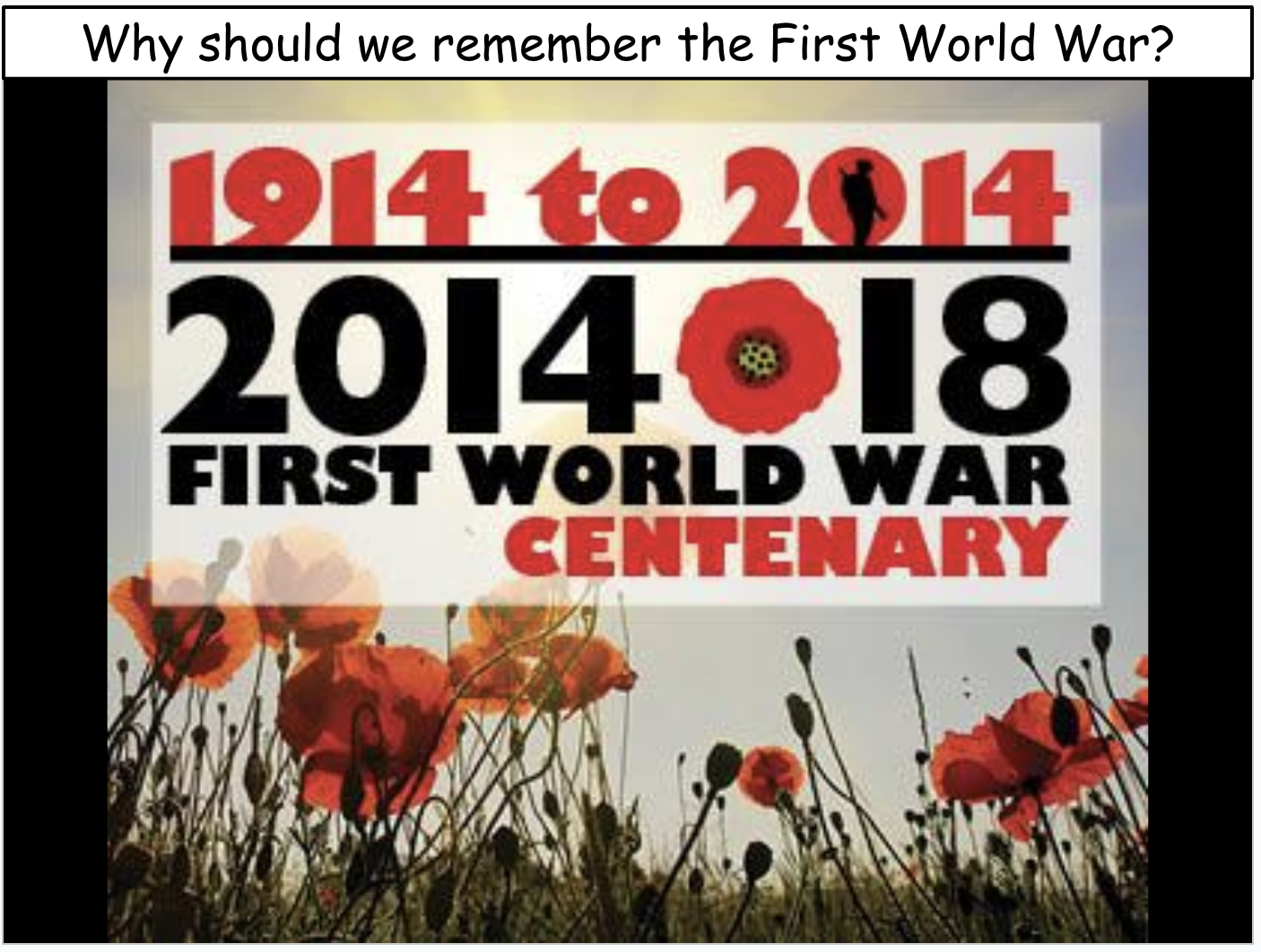
“The first world war broke out because of Germany’s acquisition of overseas colonies and the development of a large navy.”
Over the next few lessons you are going to investigate the accuracy of this statement, and come to your own judgement about how accurate you think it is.
Learning Intentions:- To identify causes and consequences of the arms and naval races.
- To judge whether Germany’s development of a large navy was one of the main causes of the First World War.
Causes of World War One
Militarism - policy of maintaining a large military establishment.
Alliances -
Imperialism
Nationalism
Significant individuals
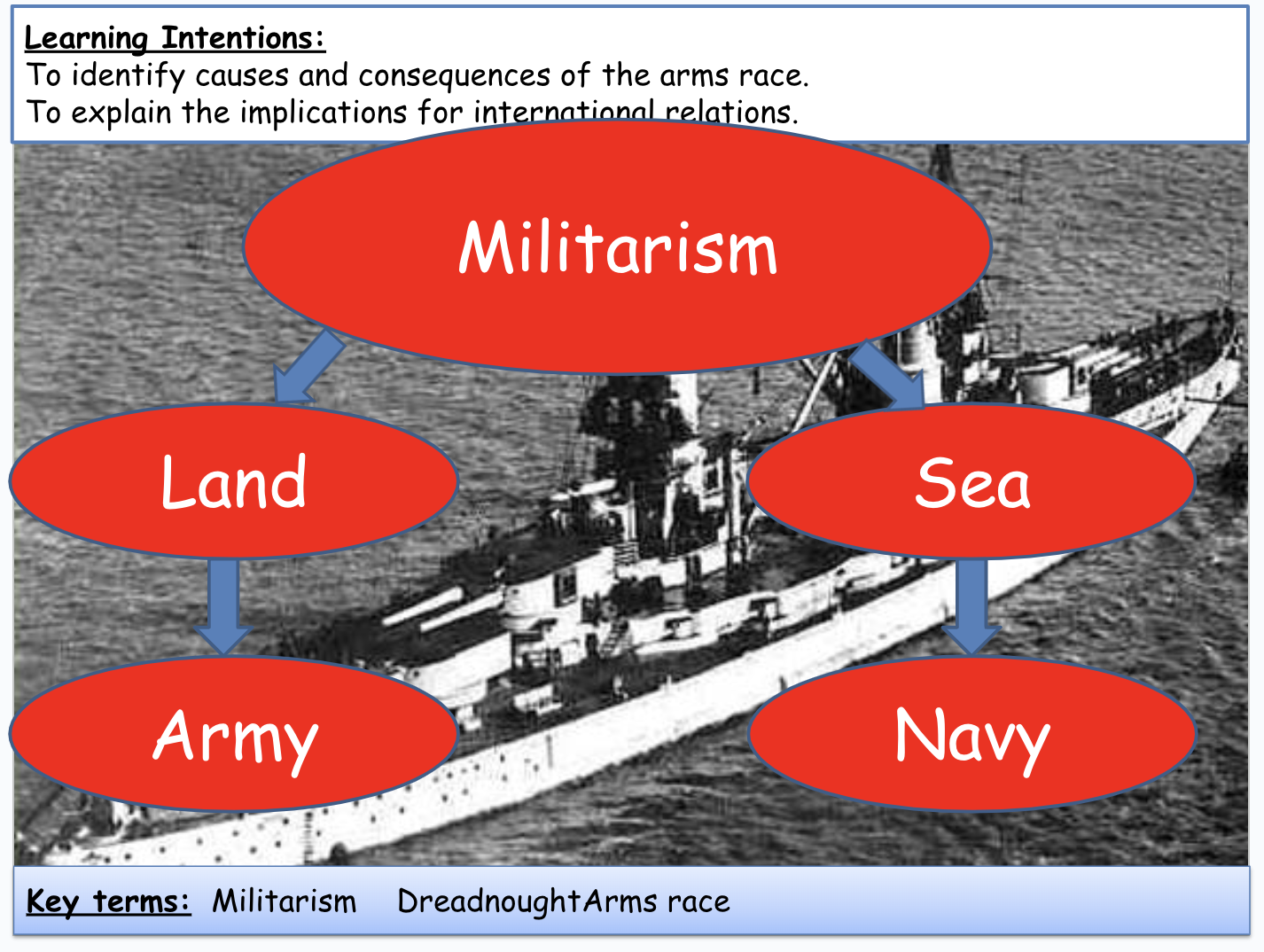
Why did Britain need a strong navy?
Britain was an island – it needed a navy to protect its coastline
To protect her vast overseas Empire
Britain relied on trade with other nations – it needed the navy to protect its trade ships
Why did Germany expand her navy?
Wilhelm II was jealous of Britain’s power and Empire – he wanted Germany to become just as powerful
He claimed that since Germany had an Empire, she needed a large navy to protect it
What would you do if you were in Britain’s position?
Let Germany continue to build ships?
Ask them to stop?
Increase the size of your own navy?
C. Increase the size of your own navy
This became known as the…Naval Race
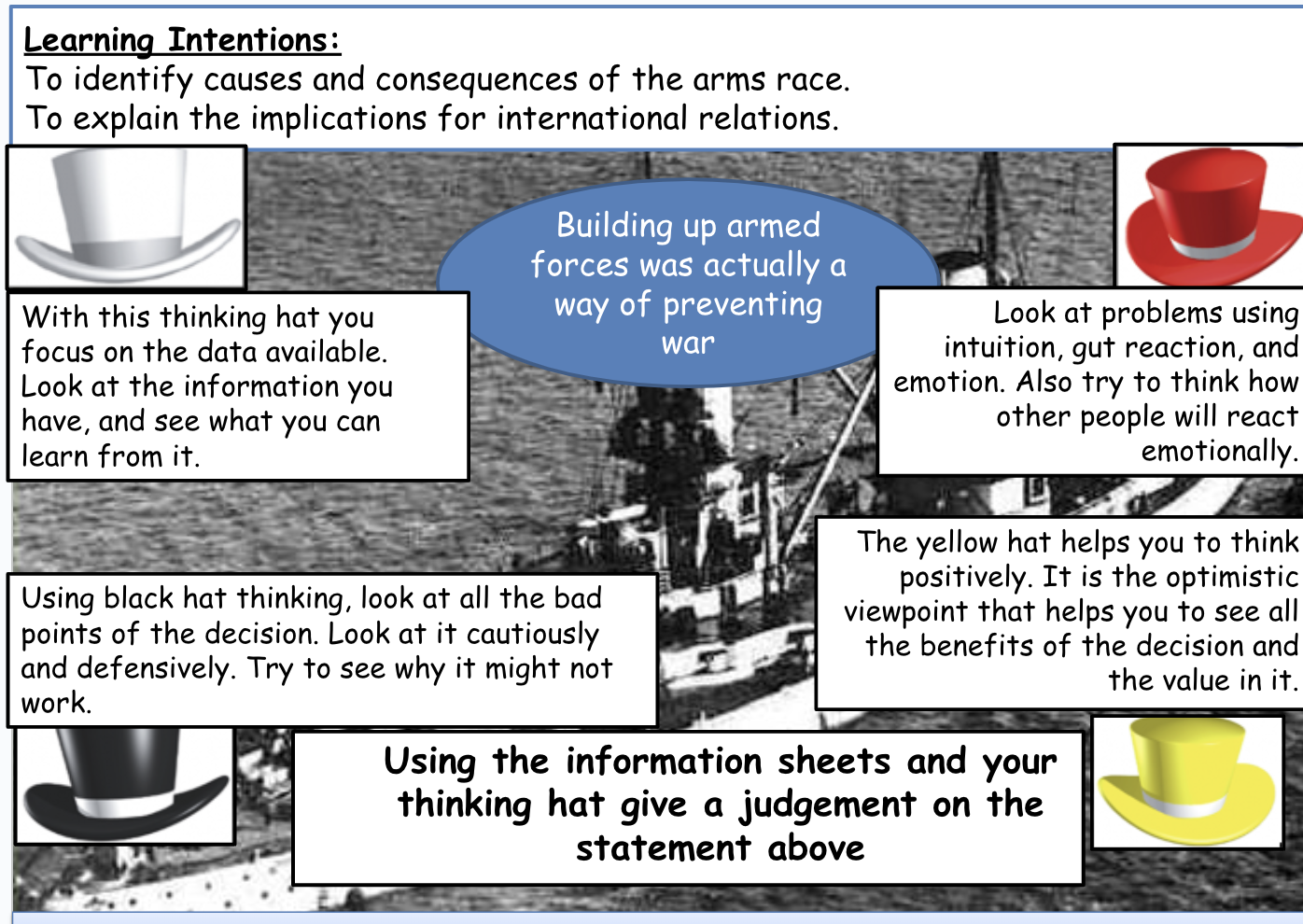
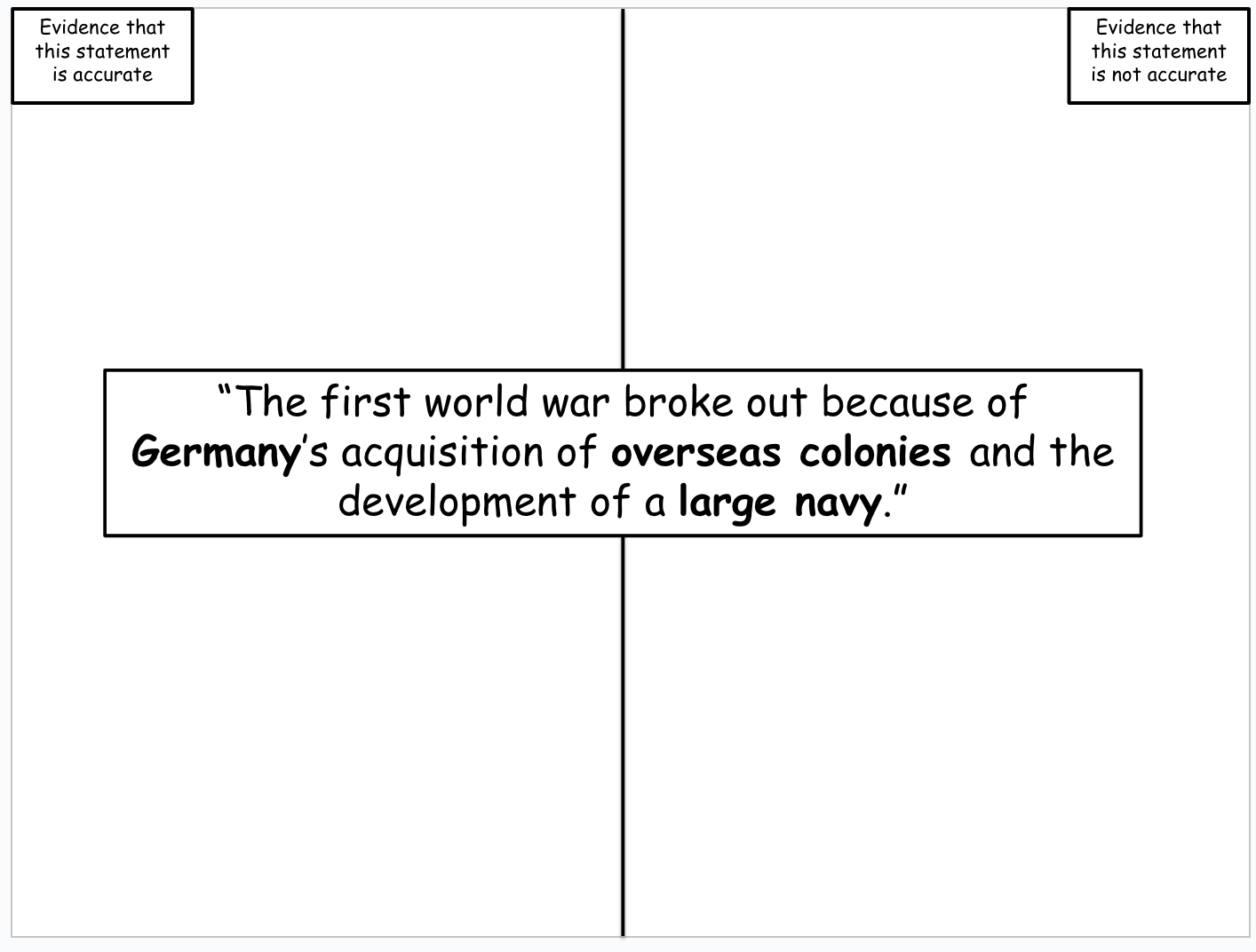
Dazzle Ships
When the First World War broke out in 1914 it became crucial to protect merchant navy ships carrying the food and military supplies to the front from enemy torpedoes.
Norman Wilkinson, an artists and Royal Navy volunteer came up with the idea of covering ships in bold shapes and violent contrasts of colour. The notion came to him in 1917 when serving as a Royal Navy volunteer, during which time he witnessed the siege that German U-boats had Britain's merchant ships under attack. It was a fierce blockade that was successfully cutting off much-needed supplies from abroad.
Wilkinson realised there was no camouflage that could conceal a ship - that had already been tried and failed - but he thought there might be one that could confuse the enemy. One that would buy a captain on a merchant ship enough time to identify a marauding U-boat and sink it before it sank him.
How about, he thought, a camouflage that didn't attempt invisibility, but one that did quite the opposite? One so eye-catching it would dazzle and disorientate. The Navy gave him the green light, and this is what he came up with.
The contrasting stripes, bold curves, and vivid spirals were devised to make it difficult for a U-boat commander to gauge the ship's direction of travel and speed, causing him to either dither long enough to give away his position, or miss his target when firing a torpedo.
Although there was no proof during WW1 that dazzle helped ships avoid U-boat attacks, crews reported feeling safer serving on board dazzle vessels.
Furthermore although Britain dropped the idea of dazzle ships shortly after the First World War, the US continued to use them in the Second World War.
Psychologists have recently found that dazzle ships do alter perceptions of speed, but this would not have made a difference to a WWI U-boat commander hunting slow merchant ships.
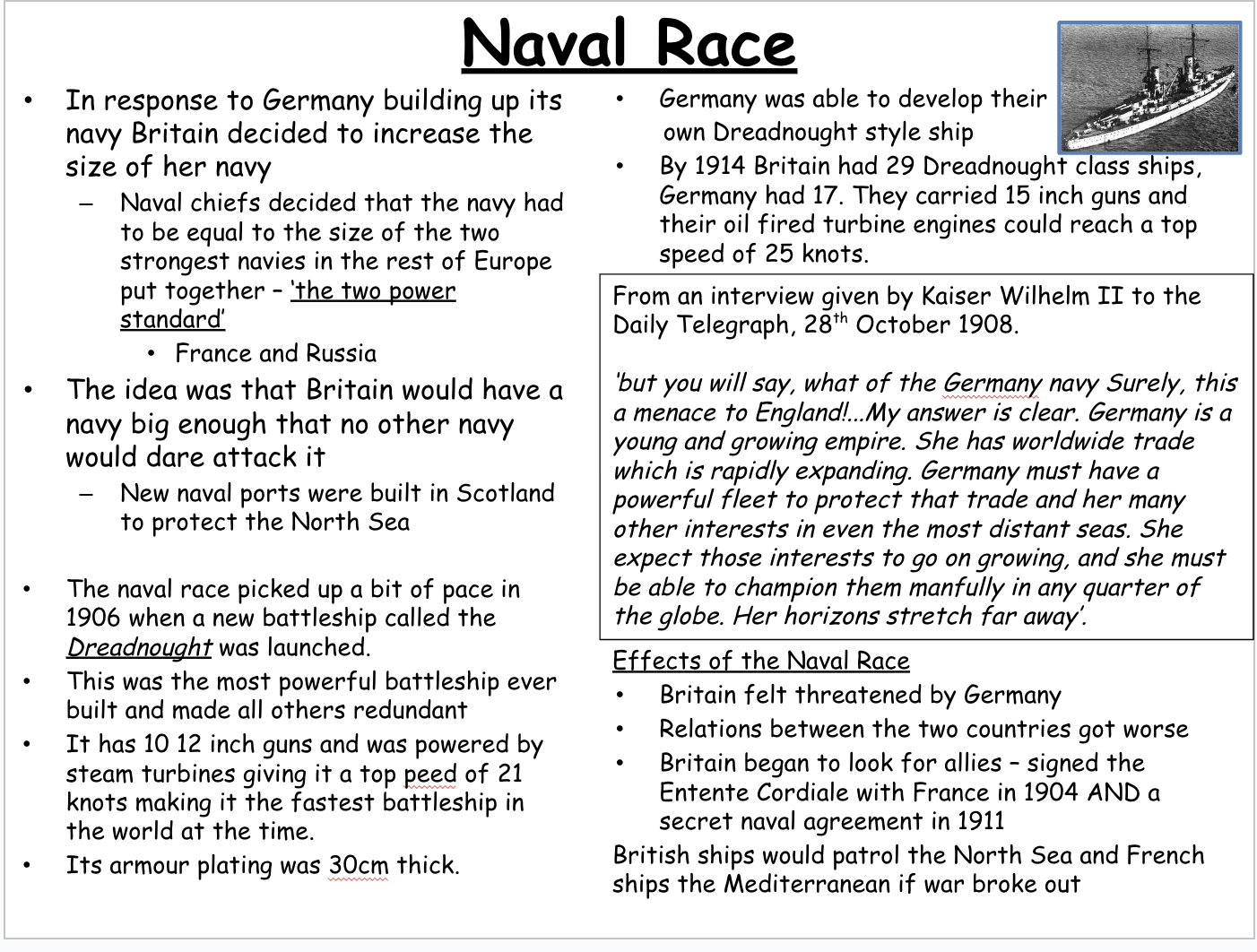
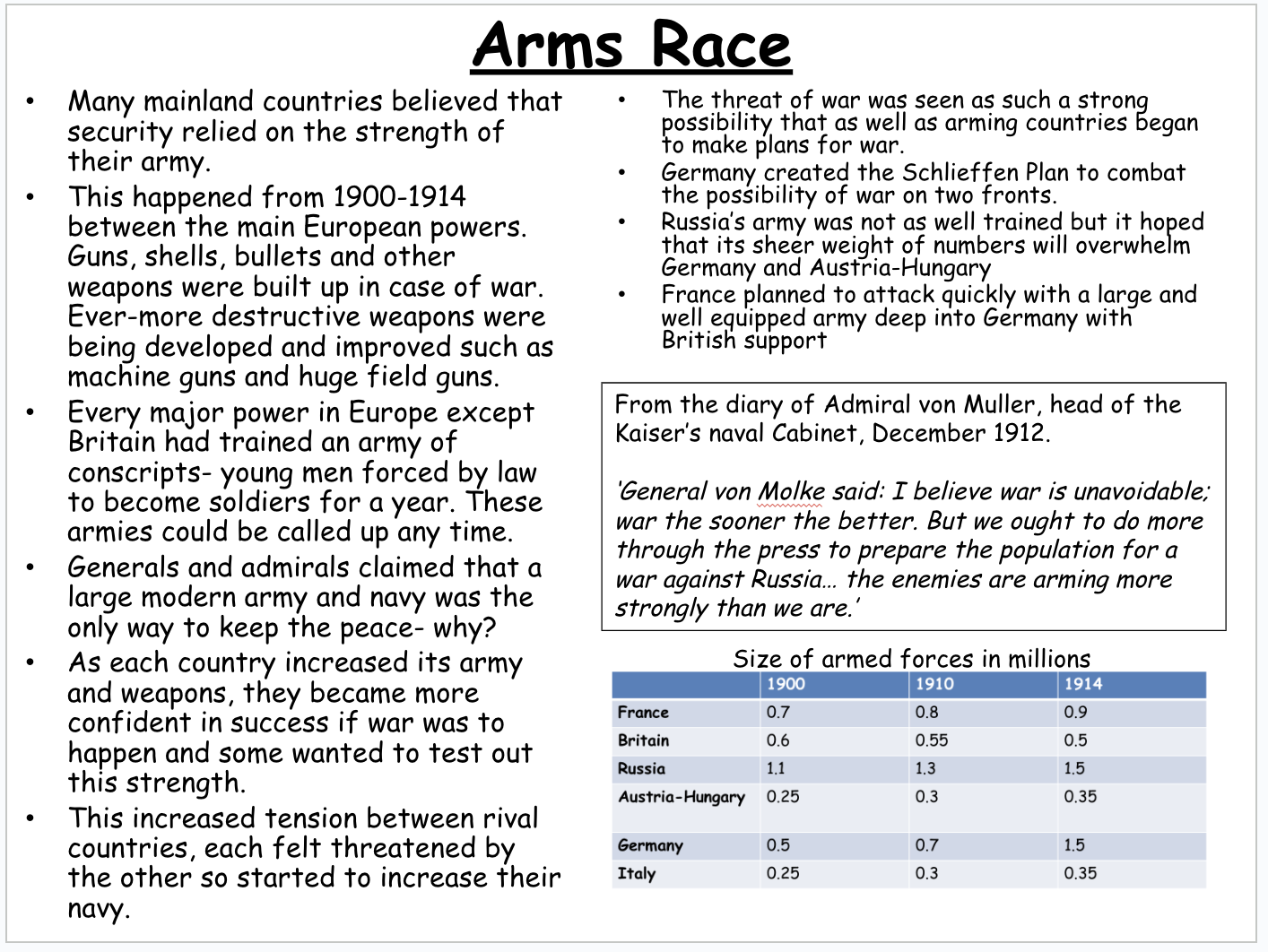
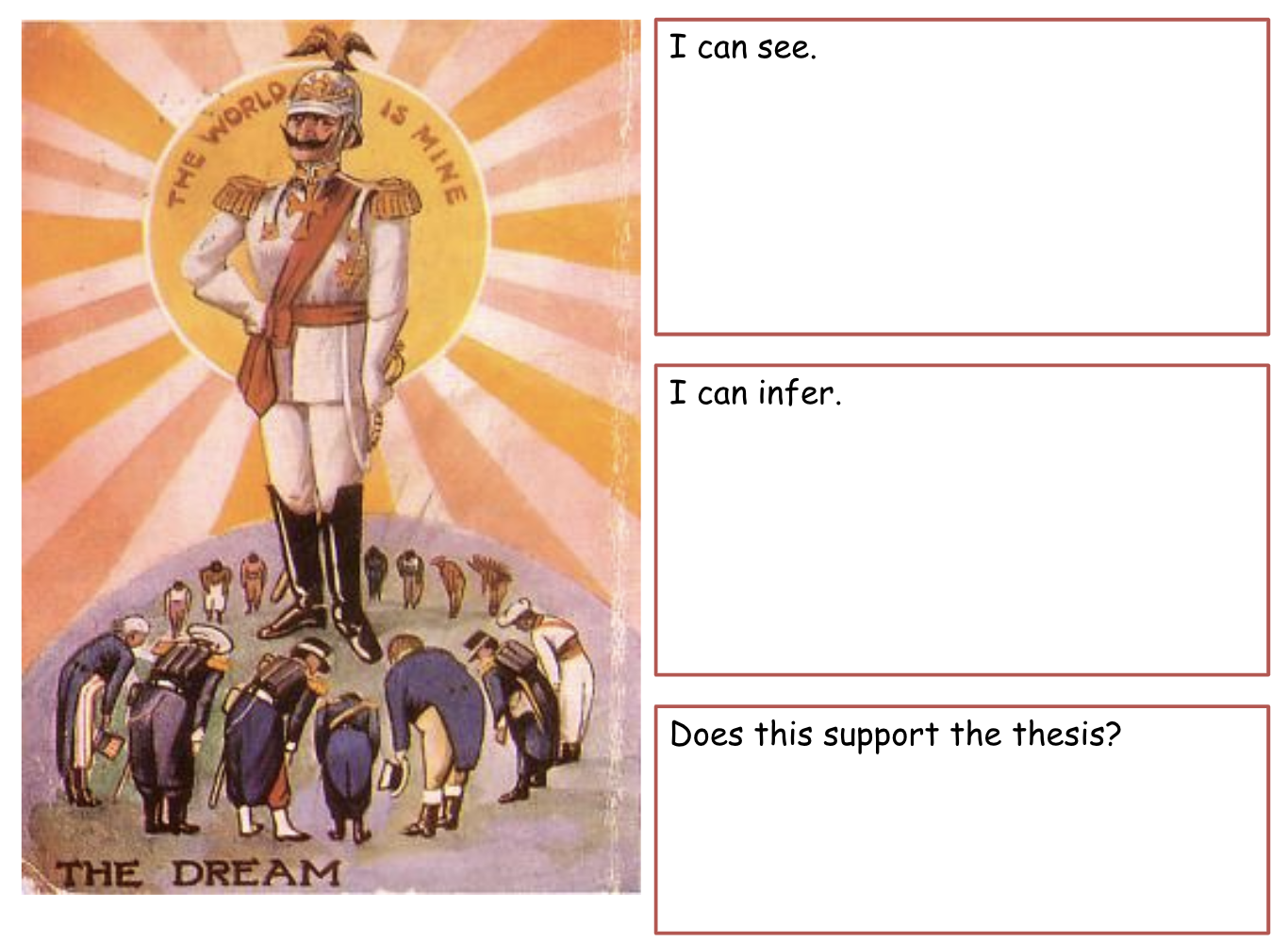
Learning Intentions:
To identify why countries wanted an empire.
To predict the impact of Germany’s desire to have a ‘place in the sun’.